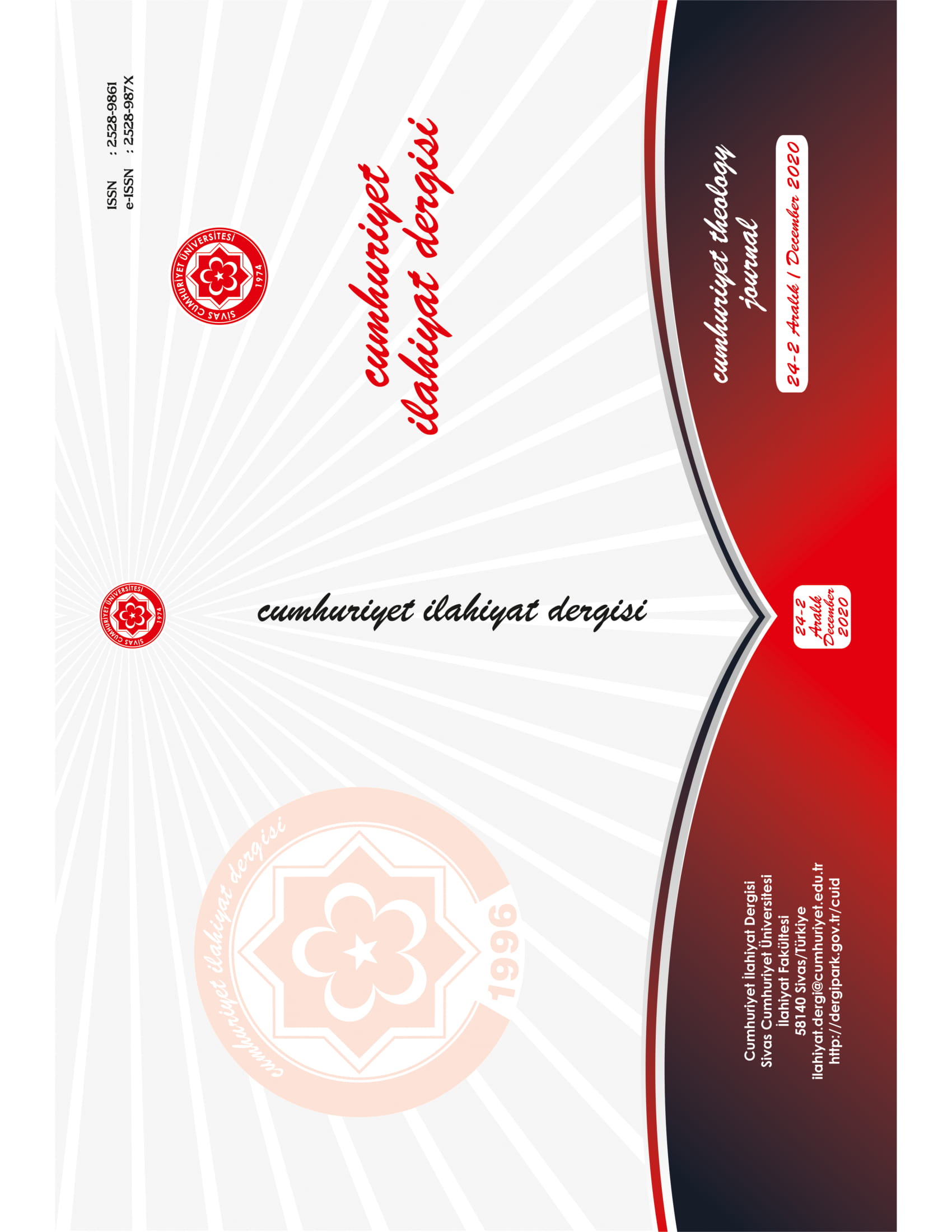Din Sosyolojisinin Yöntemsel İncelikleri: Bir Şematikleştirme Çabası
Tricks of Methods in Sociology of Religion: A Schemetical Attempt
Author(s): Birsen Banu OkutanSubject(s): Theology and Religion, Sociology of Religion
Published by: Cumhuriyet Üniversitesi İlahyat Fakültesi
Keywords: Sociology of Religion; Method; Cognitive Process; Actional Process; Semiotical Process;
Summary/Abstract: Sociology of religion is an interdisciplinary formation at the intersection of sociology and religious studies. While trying to explain the relationship of religion -as a noticeable parameter- with other variables and analyze the current pattern, the unity of social sciences and basic Islamic sciences is occasionally needed. It is expected that the intersection points with the auxiliary sciences will be clearly explained, and the research will represent the field by positioning at the center of the sociology of religion. The valid way for readers to understand texts that are written within the discipline of the sociology of religion is to increase the textual representation of research. The basic issue to increase this representation is locked on the determination of the method as in other sciences. Although it can be mentioned that the studies focusing on the method in the field of sociology of religion are based on the philosophy of science and methodology-oriented evaluations, it is clear that the subject does not receive the necessary attention. This study questions the schematic feasibility of the method that can be used in researches within the field of sociology of religion hypothetically. By schematizing, it is meant to show the main tricks of the method use in the sociology of religion and draw a design. For this reason, firstly the problems encountered in the determination of the method will be addressed and then methodological scheme that can be followed in the studies of the sociology of religion will be evaluated together with the mental, the actional and the semiotic process added as an original category. The article focuses on principal information on how to use the method while studying the sociology of religion; however, does not promise an in-depth study of how the method can be used in practice. The most general output of the research is that by following the signs shown in the study, in-depth examples for further studies can be presented. The study emphasizes that the method as the umbrella concept used jointly by the natural and social sciences is not the only mental processes such as induction and deduction, and also explains that it cannot be labeled as actional processes such as research technique, pattern, model, or theory and approach. It is suggested that the method, which is the product of both abstract and concrete effort, should be taken into account not only with its mental and actional aspects, but also with its semiotic process. In the specialized scheme, while the mental and actional categories have more in common with markers in other sub-branches of sociology, the semiotic side differentiates as a new category. The first point to be mentioned is the necessity to draw attention to the indicative meaning of every object seen in the scientific process. Before the research plan, when a sociologist of religion internalizes that every object around him/her is a part of the body of signs, countless inventories of topics worth investigating are presented. Various protocols suggested by semiotics are followed in the process of providing inventory. Secondly, the researcher is expected to discover his/her own semiotic identity. Since the scholars of the sociology of religion, have largely received theological education, there is a greater possibility that their embodied knowledge will be reflected in the text. Through the inclusion of the semiotic process in the method, the researcher learns before the mental process that he/she cannot conduct a scientific study with a subjective perspective in a way to legitimize his own values and tenets. Through this awareness, he/she recognizes his semiotic identity and reaches the kitchen of meaning. When the researcher is closest to objectivity, receptors understand that they are not reading dogmatic text. This situation, on the one hand, leads to an increase in the studies of the sociology of religion to be carried out in a free arena, on the other hand, it allows to establish a stakeholder with dehumanized sociology texts. The reflection of the principle, sociology not sociologies, to the texts improves the use of related concepts by developing the common language, and the arranged conceptual material helps to prevent schematic clutter. Also the researcher of the sociology of religion expands the doors of a cognitive process as much as possible to get more than they think. Reasoning forms such as induction, deduction or hypothetical-deduction determine the direction of whole and particular. The fact that the researcher takes into account both the whole and the part, and the multi-directional connection between them and indicate which mental process he/she followed according to the course of the research, enables the reader to comprehend the method.
Journal: Cumhuriyet İlahiyat Dergisi
- Issue Year: 24/2020
- Issue No: 2
- Page Range: 911-931
- Page Count: 21
- Language: Turkish

